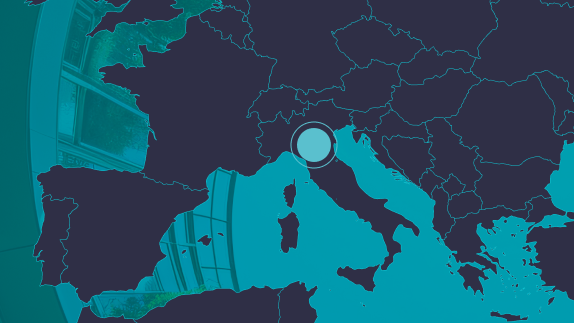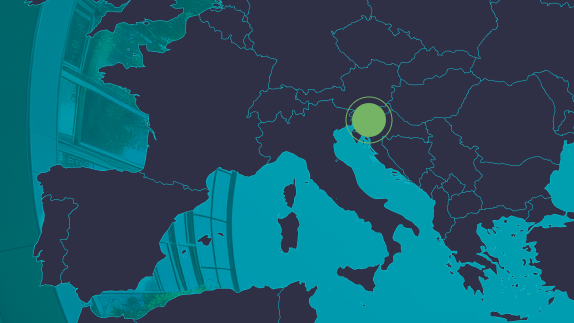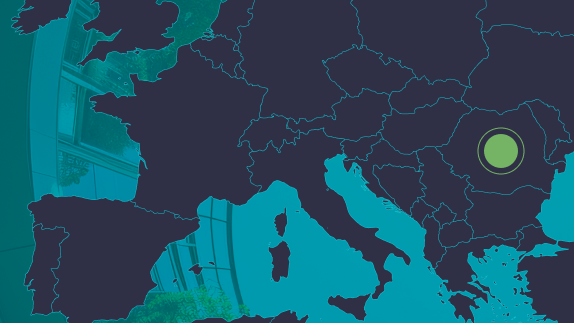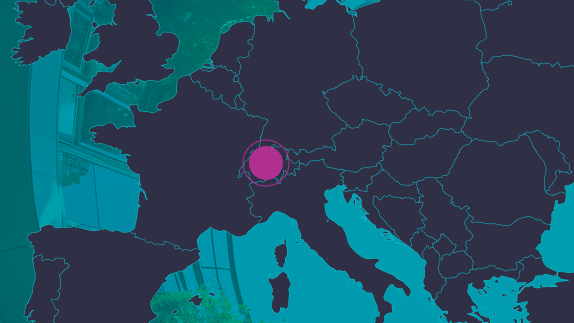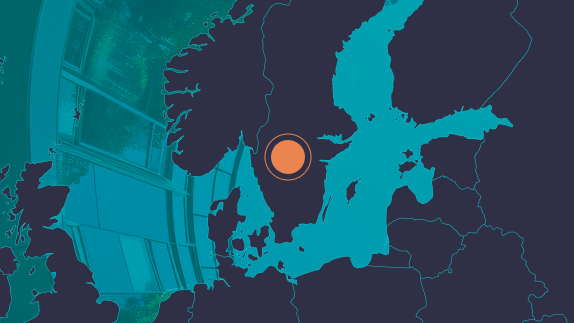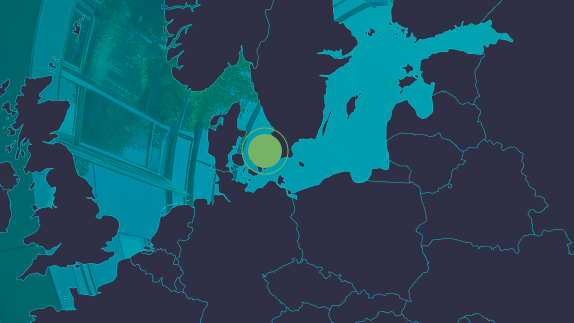This page is part of the report Building Prosperity: Unlocking the Potential of a Nature-Positive, Circular Economy for Europe. Explore the full report to delve into all focus areas, strategies, and key recommendations, or browse the entire case study collection to see these strategies in action.
Strategy: Optimise – using low-impact materials
Location: The Netherlands
Organisation: HAUT
The Netherlands has committed to achieving climate neutrality by 2050, with Amsterdam pledging to construct at least one in five residential buildings using timber as the primary structural material from 2025. The use of timber can significantly lower embodied emissions in buildings compared to concrete and steel in three principal ways: less energy-intensive production processes, lighter structures, and direct carbon sequestration.
Completed in Amsterdam in 2022, HAUT’s 21 floors positions the development as one of the tallest timber hybrid buildings in the world. The building incorporates 55 apartments, bicycle and underground car parking, a city garden, and has been certified BREEAM Outstanding, the first residential building in the Netherlands to achieve this. While the use of timber structure enhances the atmosphere and acoustics of buildings, the primary driver lies in timber’s potential to significantly reduce a building’s carbon footprint. By using timber, HAUT achieves a 50% reduction in carbon emissions compared to a conventional building, and the building stores approximately 1,800 tonnes of CO2 when taking into account sequestration.
Beyond emissions reduction, timber-hybrid construction yields a wider set of social and economic benefits. The lighter floor plates enable more efficient truck loading, resulting in fewer deliveries to the building site in the centre of Amsterdam, benefiting surrounding neighbourhoods with quieter and less disruptive construction conditions. Employing off-site/ prefabricated construction techniques, construction workers can operate in safer environments, both in a more controlled factory setting for the manufacturing of building components, as well as assembling the building on site using more standardised, automated, and ergonomic processes, with less exposure to hazardous materials, all contributing to fewer injuries and accidents.
While high-rise timber buildings like HAUT garner attention, experts generally believe that timber is optimally used for extensions and mid-rise constructions, as they tend to be less material-efficient and offer limited benefits to predominantly medium-density European cities. Cirerers, an eight-storey engineered timber building in Barcelona delivered by cooperative housing group Sostre Civic, offers a compelling example of how timber construction can be applied to a smaller scale of building. In contrast to HAUT, which is a luxury development, Cirerers also provides an example of a more inclusive and affordable housing model, demonstrating that all income levels can benefit from circular building construction. Ultimately, both HAUT and Cirerers showcase the potential of timber construction methods across various building types and socioeconomic contexts. However, as mentioned above, while timber buildings offer many benefits, the choice of this material must take into account the potential impact on nature, biodiversity, and land use, and limits must be imposed in terms of volume and strict compliance with sustainable forest management standards.



